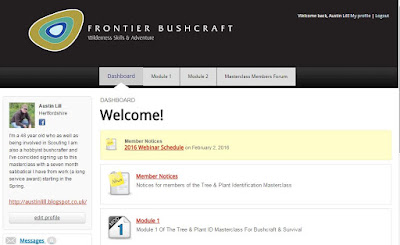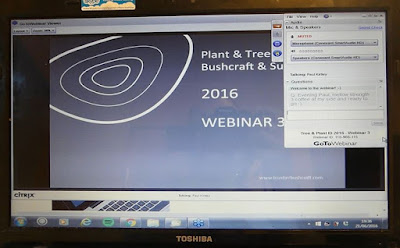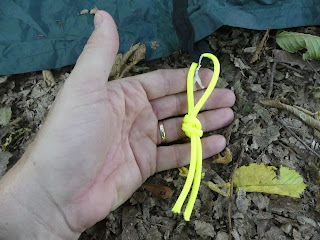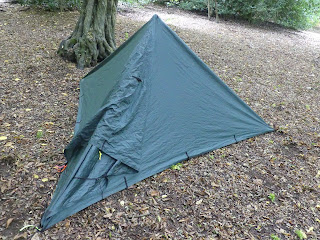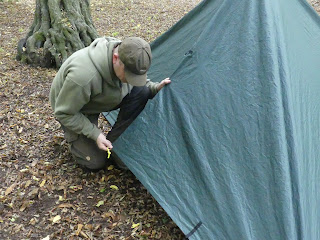in October my eldest went to a Spaianish island for a week of work experience which he'd won in a writing competition. On the 4 o'clock get up for the airport my son and wife spotted a hedgehog in our garden.
A few weeks passed and I spotted the tell take small cigar shaped droppings of a hedgehog So I had a quick squint at several website pages the RSPCA's hedghog care information and dug out some mealworms from our supply of bird table food.
I had my trail cam out already set up in the garden as I had a chicken carcass out to try and attract Red Kites in (memories of Steve the rabbit). Here you can see the meal worm bowl as I remove the chicken for the night. The RSPCA site said that chicken, if left out, must be finely chopped for hogs whereas all the pieces were deliberately large for Kites to potentially grab.
We also get a load of cats passing through that would have scoffed the chicken if left out and indeed they quite often pass a movement too!
And sure enough we had a visitor, not once but on several (but not necessarily consecutive) nights. Apparently they can cover a couple of kilometres in a night so it's perhaps not surprising that we didn't have it at our beck and call.
I set the trail cam up in several different locations and swopped over the chicken and the mealworms depending who I was enticing. I keep chicken carcasses in the freezer so I was able to do so over a number of days. When it visited it cleaned the bowl out.
We noticed that the hedgehog had a light mark on it's left hand rump which looked a bit odd, and boy did it scratch a lot as seen in the above movie clip.
Due to the regular visitations of cats I decided not to use cat food for obvious reasons but if we had the odd night that the hog didn't visit the birds were in there like a shot. In the above clip one of the pigeons actually scares the Magpie off which I've not seen before. Actually the Wood Pigeons regularly ate from the chicken carcasses meant for the Kites. On that note I've had the Kites swoop into the garden but as yet I've not managed to capture it with either my trail cam or my DSLR set on movie mode inside.




















